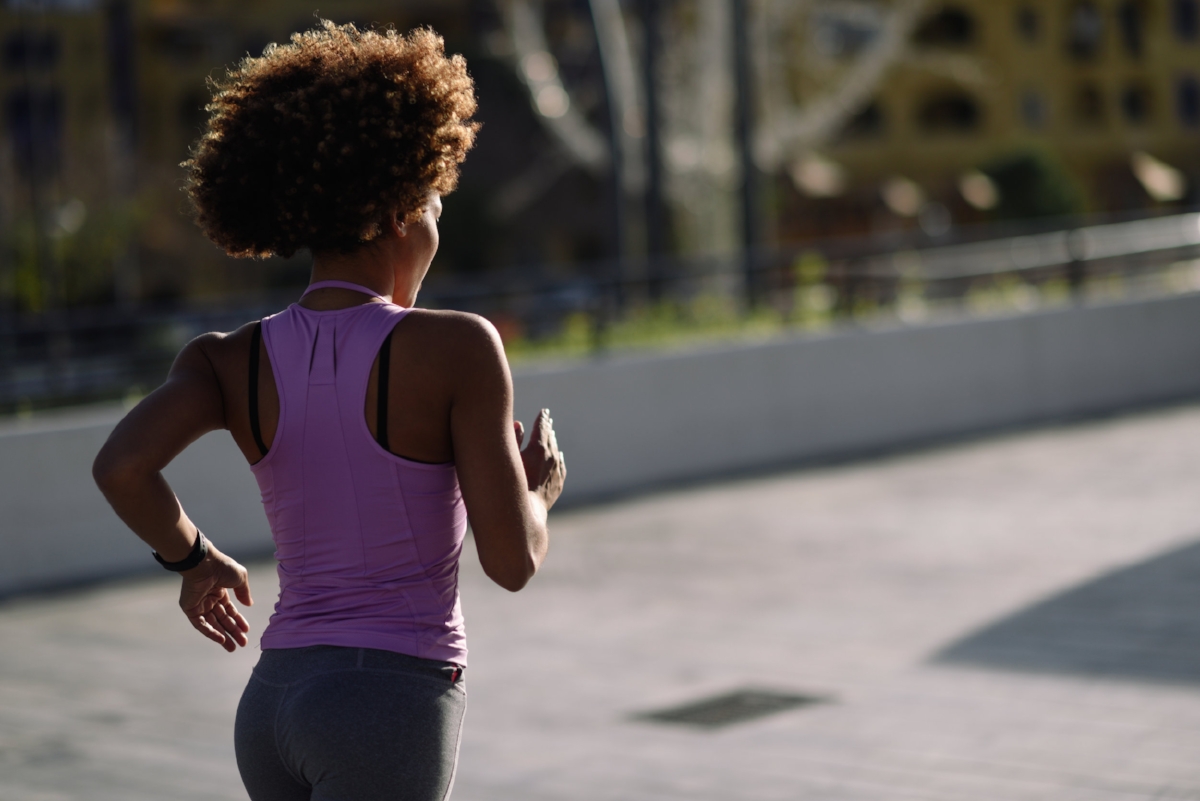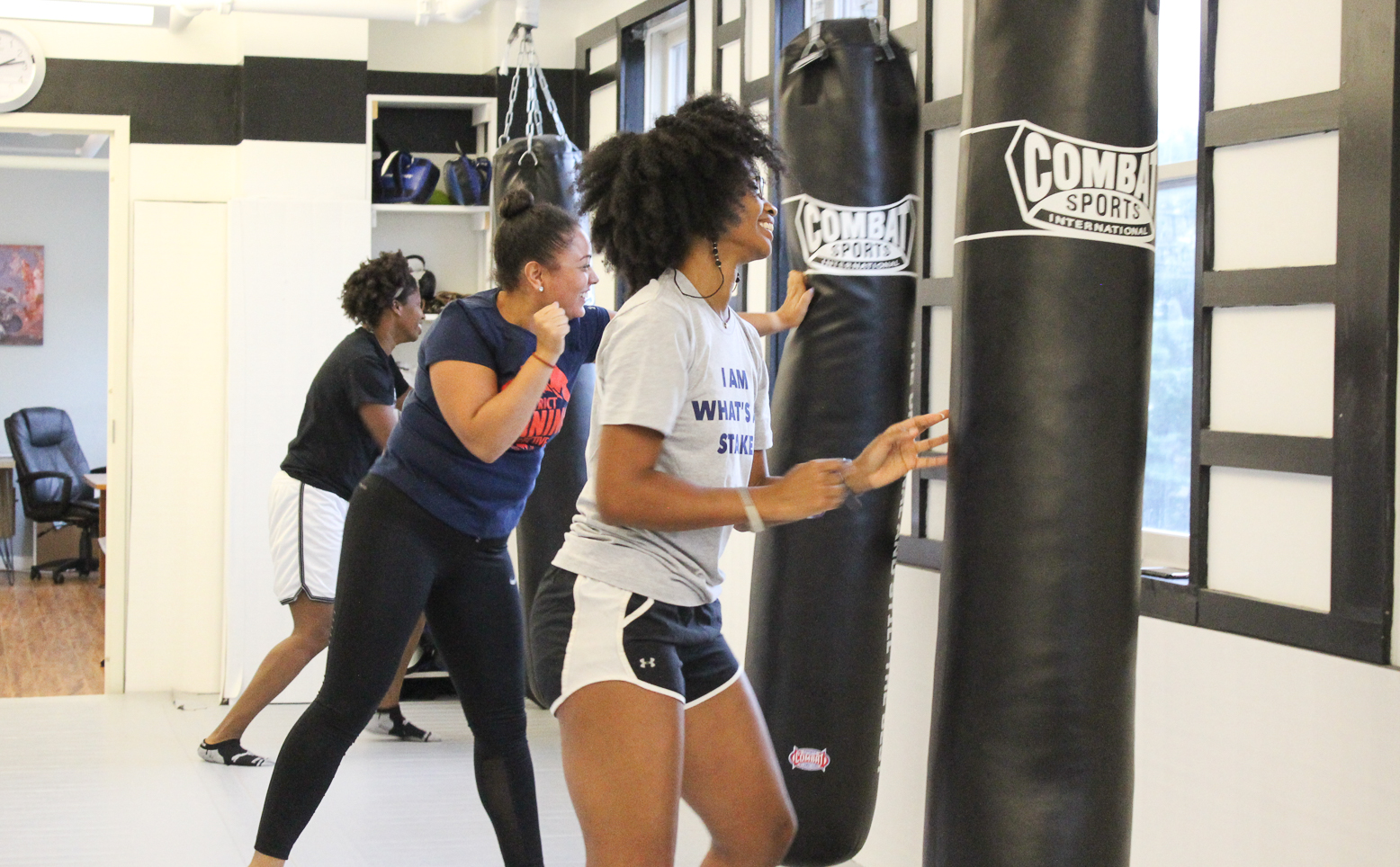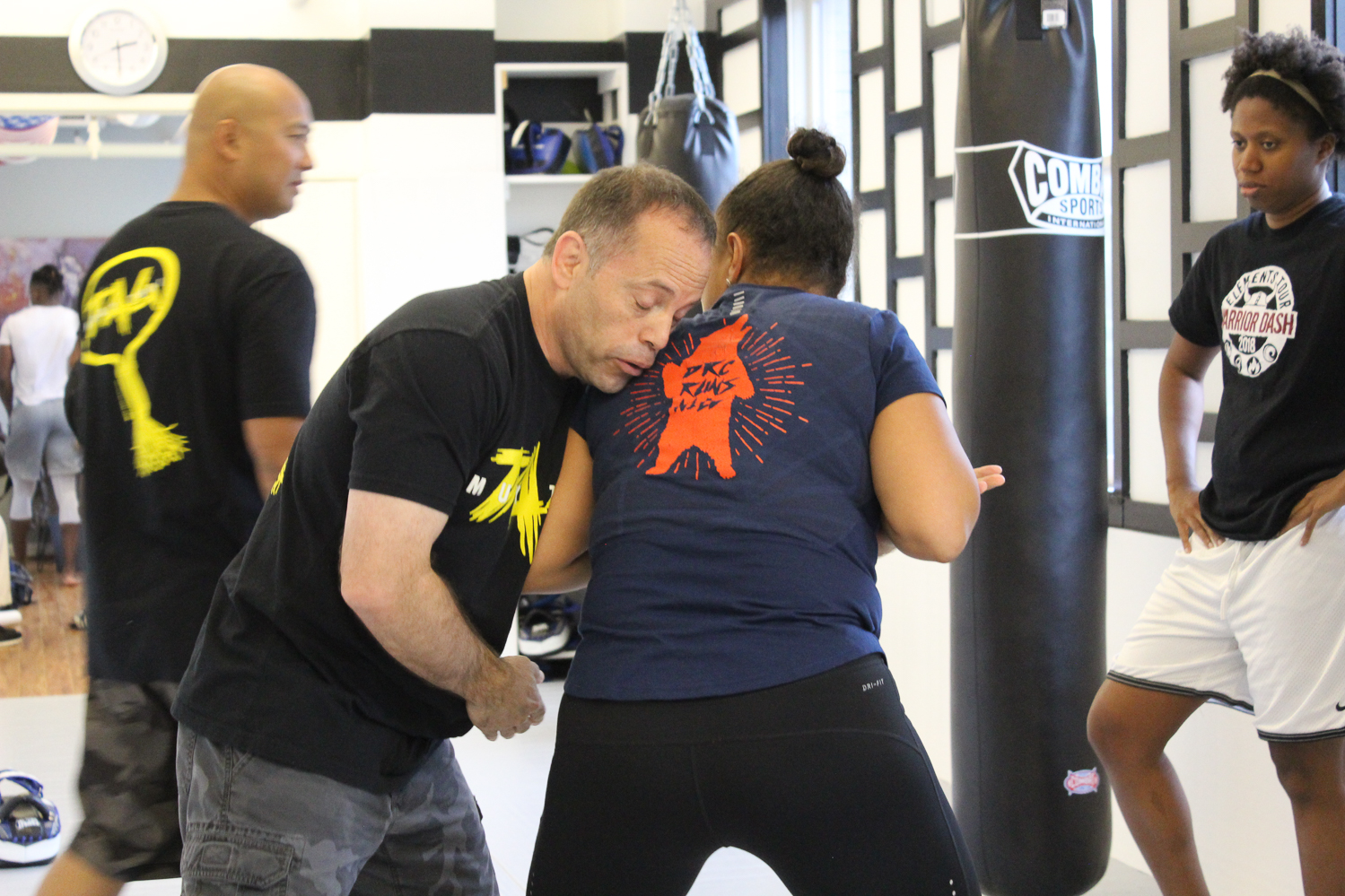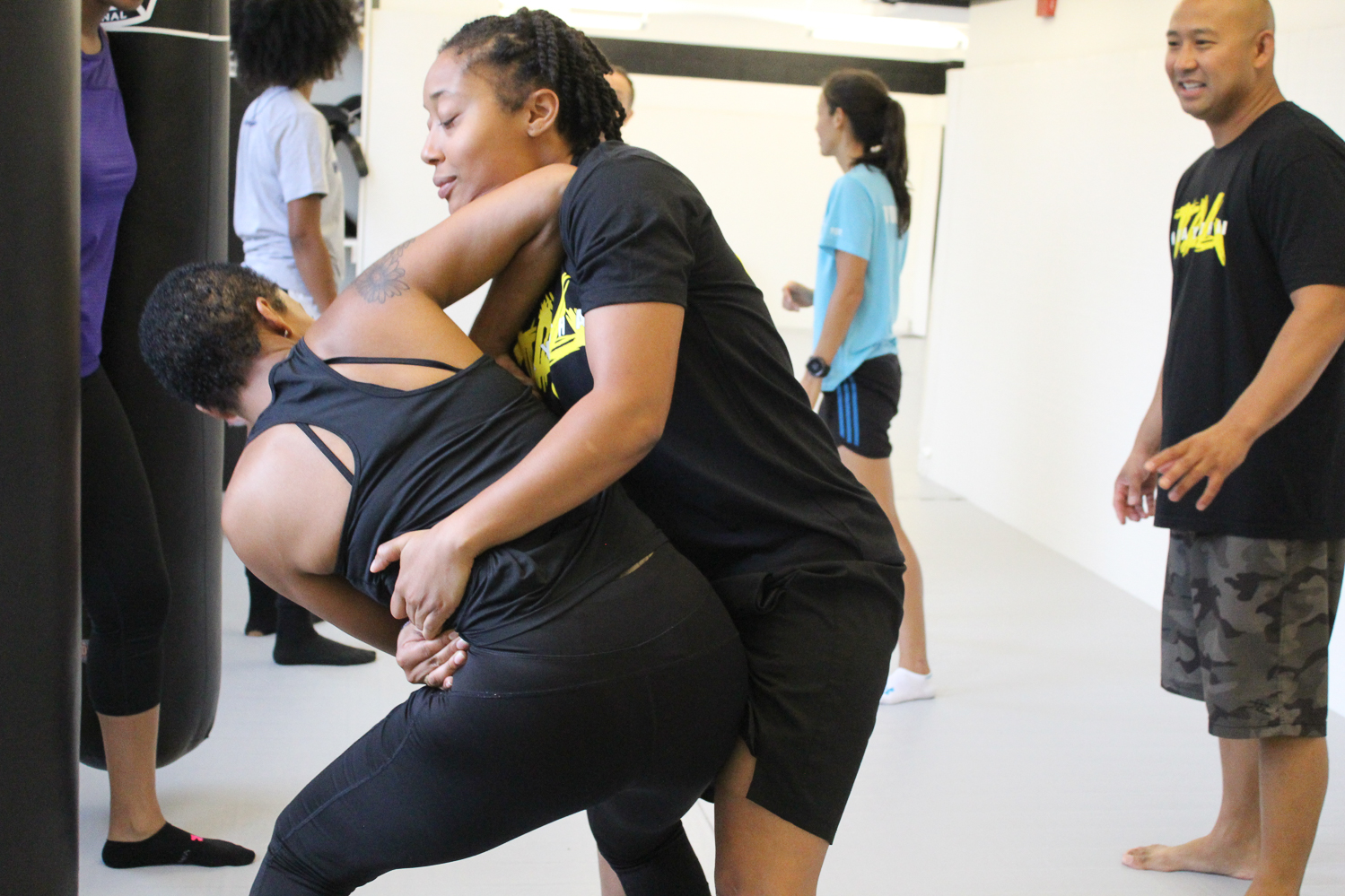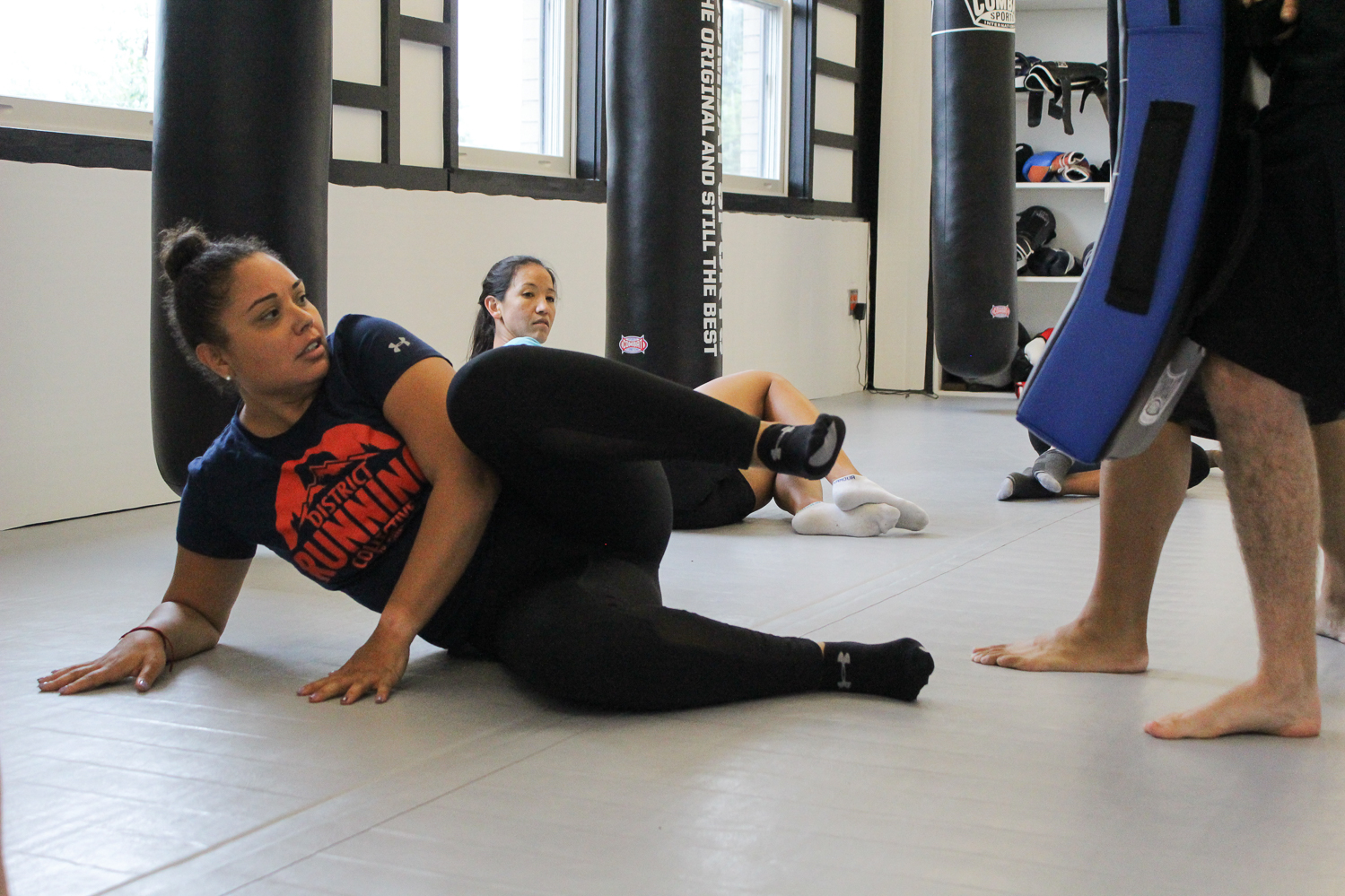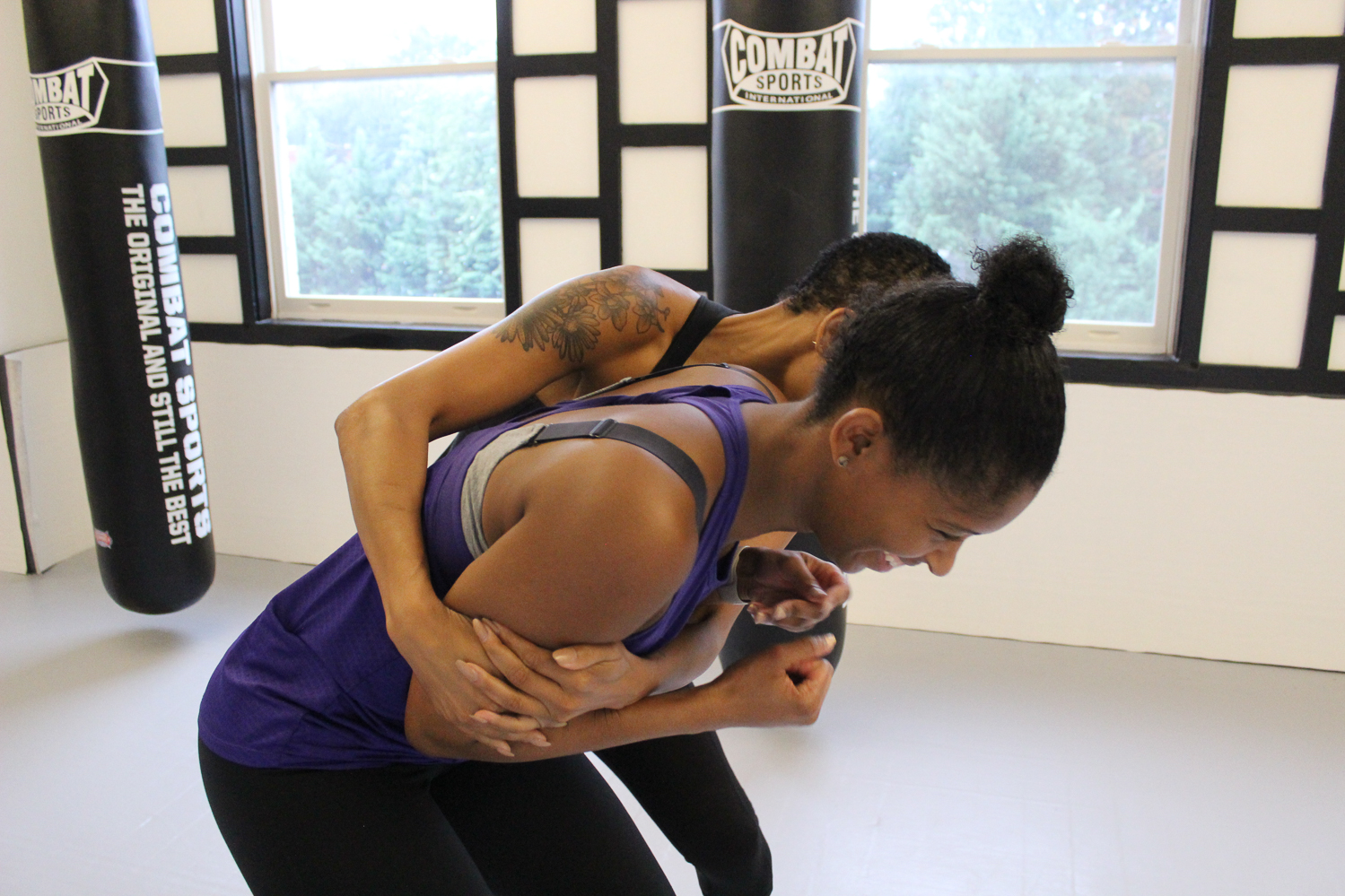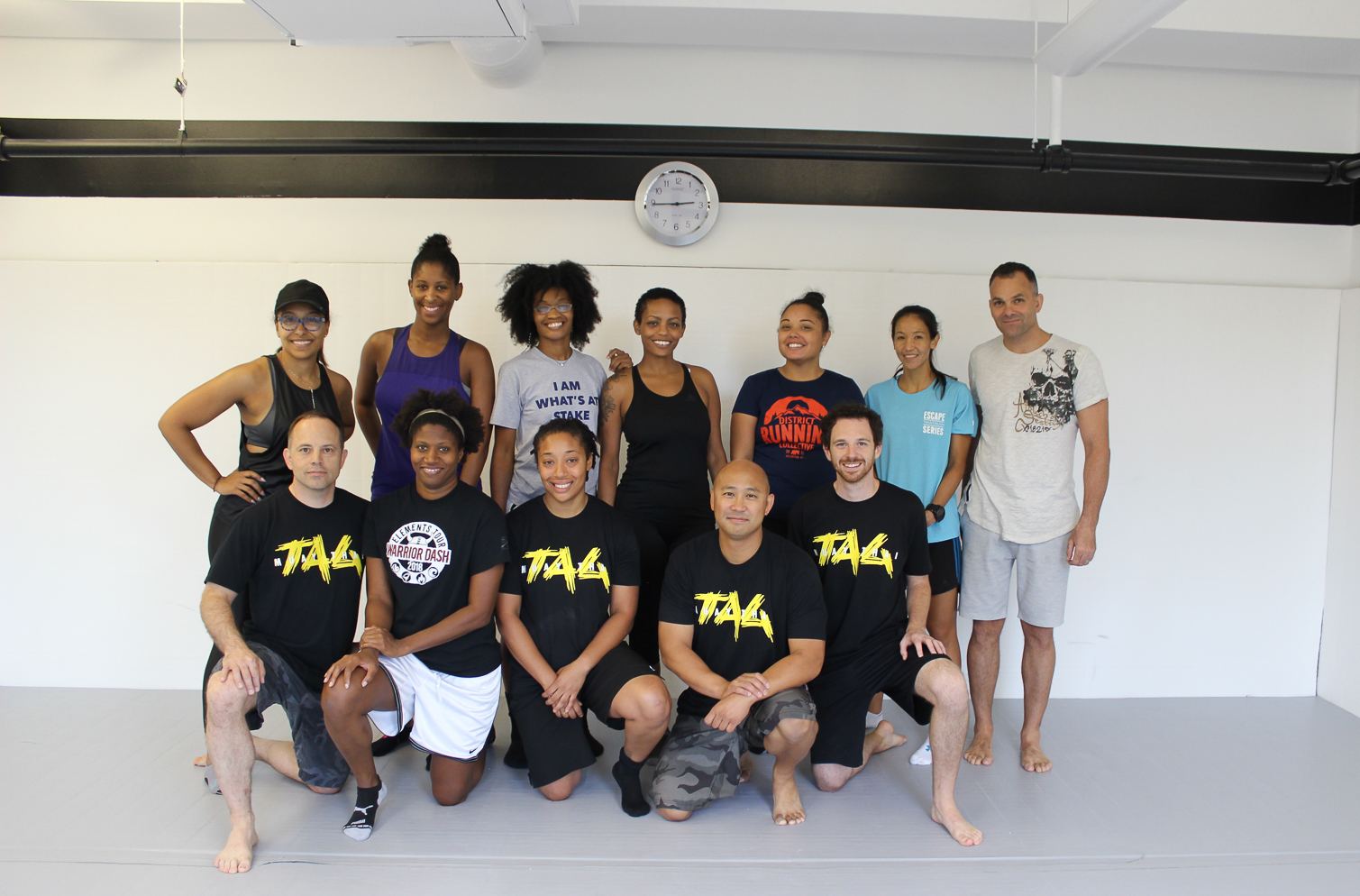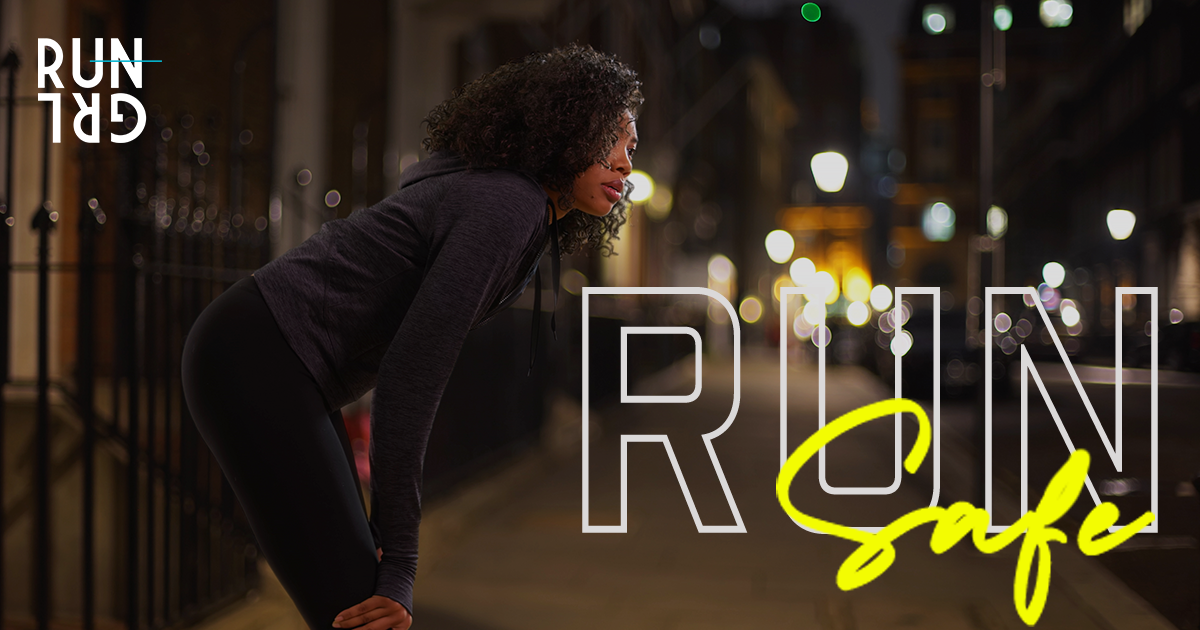Can Women Runners Ever Really Be Safe?
By Na’Tasha Jones, Co-founder and Chief Content Officer, RUNGRL
For many runners, preparing for a run involves going through a mental checklist before heading out: Proper shoes? Check. Headphones and smartwatch? Check. Running route planned? Check.
For women runners, however, a few additional questions may come to mind:
Does the route I’ve planned have other pedestrians around?
Will it be dark before I finish?
Will my running outfit (specifically made for running, mind you) attract unwanted attention?
Am I prepared if someone attacks me?
Safety, in a general sense, is a concern for every runner; wearing reflective clothing, choosing a familiar route and letting someone know where you’re going and when you expect to be back. However, for women, there is an increasing trepidation around safety from the dangers of being attacked on the run.
A 2016 online survey from Runner’s World revealed that “concern for mid-run safety or harassment” has caused many women to modify their behavior such as:
Running with a phone (73 percent of women v. 26 percent of men),
Telling someone their running plans (71 percent of women v. 33 percent of men) or
Only running when it’s light outside (60 percent of women v. 14 percent of men)
The same survey also reported that 46 percent of the women had experienced catcalling, whistling or other unwanted attention while out running. A terrifying 30 percent said they had even been followed while running. While some might argue that catcalling often amounts to ‘only words’, what happens when things get physical?
Deadly Attacks on Runners
On July 19, Mollie Tibbetts disappeared while out for an evening run in Brooklyn, Iowa. Authorities have said that her suspected killer, Cristhian Bahena Rivera, told them he pursued Tibbetts in his car while she was jogging that night, before parking, getting out of the car and running behind and alongside her. He later directed police to her body, found in a cornfield (The Demoines Register).
While Ms. Tibbetts tragic death happened in a rural area, running in urban areas has proven to be hazardous as well. On September 19, thirty-five-year-old Wendy Martinez was stabbed to death while out for a run in the Logan Circle neighborhood of Washington, D.C. Those familiar with the area would say this neighborhood is quite safe. There is plenty of pedestrian traffic at the time she was running, something women often seek out as a safety net when running alone. Yet, this did not prevent the young woman from being attacked in what police at this time believe to be a random act of violence.
In reporting on the incident, the Washington Post spoke to Jessica Dillman, an avid runner who lives near the crime scene and who considered the area part of her own ‘safe running route’. When asked if she would now be changing her ‘safe route’ to something else, her response was something that should give all runners pause:
“I don’t think there is a safe route for women.”
So, then, if things are destined to be dangerous, what can women runners do to protect themselves?
Going on the Defensive
A few weeks ago, Courtney Littlejohn, fellow runner, law enforcement officer and RUNGRL contributor, took the initiative to organize a self-defense introduction class for some of the women runners she knows. With violent incidents against women runners taking place at what seems to be an increasing frequency, the need to know how to defend myself in case of an attack became more apparent. So, I decided to join the class.
The class was led by Chris Aboy, federal law enforcement officer and founder of T.A.G. Muay Thai in Northern Virginia. Aboy has been in law enforcement for 16 years and, now a master instructor, he’s practiced martial arts for more than three decades. He’s known to his students as “Kru Chris”, Kru meaning instructor or teacher.
“Self defense is really 90 percent mental and 10 percent physical,” Aboy told the group of women runners, who came specifically to learn how to handle themselves in running-related attack situations.
Founder and Master Instructor at T.A.G. Muay Thai Kru Chris demonstrates a self defense technique to a class of women runners. District Martial Arts studio, Arlington, Virginia. Photo: Na’Tasha Jones for RUNGRL.
According to Aboy, a common thing overlooked while running is the consideration of how well you know the area in which you are running. “Think of the worst-case scenario for where you are and picture what you might do in your mind,” says Aboy.
It can also be difficult to know what to look for in a potential attacker. Is that person really shady? Or is it just in your head? Aboy advises examining who seems to fit in around you.
“Play the ‘one of these things doesn’t belong game’ in your head while you look around. If something or someone seems out of place, listen to your instincts,” he says. “If you have a bad feeling about a person or area, don’t be afraid to change your location or direction. Leave. Even if your hunch is wrong, you’ll still be safe.”
Should you have a weapon to defend yourself? Having a way to protect yourself can be beneficial, but it’s important to carry something within your skill level. Pepper spray or Mace, for example, would only be effective if you’ve been trained to properly use it, or else you might end up spraying yourself in the process.
Go Gaurded is a wearable defense item that Aboy recommends for women runners as a way to carry something sharp. It’s worn like a ring and is lightweight and easy to use. This and other, similar devices can be a handy tool during an attack since no particular training is required.
Ultimately, self-defense is about being as prepared as possible. It may feel uncomfortable or “negative” to consider the worst possible scenario during what, for most people, is supposed to be a time to feel good. However, having already considered these potential dangers can make a big difference should you have to react to something in real life.
If you decide to take a self-defense class (which I highly recommend), know that they are not all the same. Aboy also advises knowing your expectations before you arrive--are you looking to gain martial arts skills in general or more specific techniques for your situation as a runner? Asking the instructor questions to make sure you get what you need out of it is also important.
“When it comes to self-defense, you can never have too much repetition. Through consistent training, hopefully, this can help you understand your limitations and abilities. You just pray, then, that you’ve got enough training to stop an assailant,” said Aboy.
Special thanks to District Martial Arts and the T.A.G. Muay Thai instructors who shared these guidelines with us as D.C.-area runners. Photos: Na’Tasha Jones for RUNGRL.
*Note, products mentioned in this post are shared as RUNGRL affiliate links.
Na’Tasha Jones
Co-founder + Chief Content Officer

